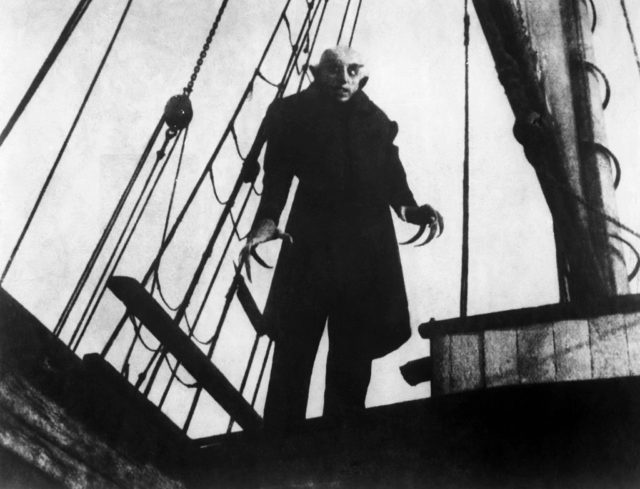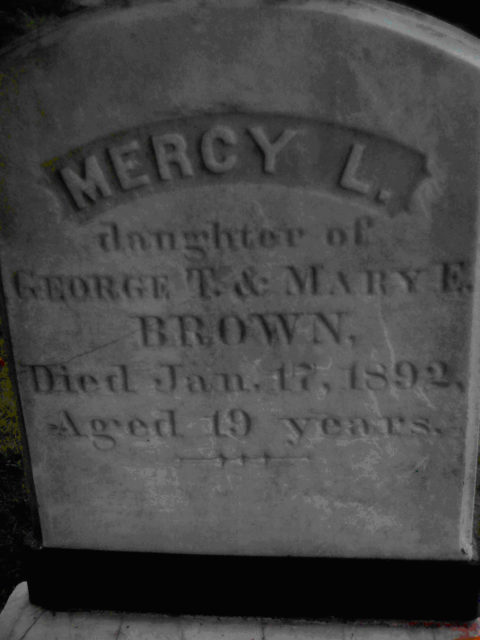Blood-sucking, mind-controlling, garlic-hating vampires who sleep in coffins are the stuff of books and movies but they are also inspired by true stories and myths. From violent rules to fears over plagues well before germs were understood, these are the origins behind some of the most famous vampires we’ve come to know and love today.
Fangs and Folklore: The Creation Of Vampires Often Come From Past Events
Bram Stoker’s Dracula is perhaps the most well-known vampire in the world. Stoker was inspired by Vlad Dracul – better known as Vlad the Impaler – a violent Romanian ruler who preferred to kill his enemies by impaling them on a wooden stake. Dracula introduced vampires to popular culture but for many groups, vampires and beings like them were a major part of local folklore.
Stories of blood-sucking monsters first began in Ancient Greece, but truly thrived during the many plague outbreaks in Medieval Europe. With people dying of disease all around them, blaming blood-sucking creatures that spread the disease between families seemed like a logical explanation before germ theory existed.
Other aspects of the vampire myth helped to explain the unexplainable. Sometimes loved ones’ bodies would be exhumed from their graves and shocked onlookers could see that even in death their hair and fingernails continued to grow – suggesting they must be “undead.” In reality, the loss of body fluids after death causes the skin around the nails and head to shrink, making hair and nails look longer.

Some rare diseases also cause “vampire-like” symptoms, like Porphyria. Porphyria is a very rare disorder that is caused by low levels of a specific enzyme. The disease causes skin and eye sensitivities to sunlight, including blisters on exposed areas. To make matters worse, many people believed that Porphyria could be treated by drinking healthy blood.
Vlad the Impaler
Vlad III was born in Transylvania in 1429. His father, known as Vlad II (also known as Vlad Dracul – meaning “dragon”) seized the Romanian kingdom of Wallachia until he was murdered at the hands of Ottoman leaders. This period is marked by intense conflict between European leaders and the encroaching Ottoman Empire. After his father’s death, Vlad III once again seized Wallachia from the Ottoman Empire until he was forced to flee in 1448. Somehow he returned to Wallachia and became ruler in 1456.

Many accounts of this period claim that Vlad ordered the execution of upwards of 1,000 people. Rumors spread throughout Europe of Vlad’s cruelty, and especially his favored method of execution: impaling victims on wooden stakes (thus the nickname: Vlad the Impaler). Romania was one of the only countries to celebrate Vlad’s cruelty, he was named a national hero for his “realistic” treatment of criminals – similar to “Dexter”, a serial killer who only kills other criminals.
His more popular moniker, Vlad Dracula, comes from his father’s name Dracul but conveniently Dracula also means “Devil” in modern Romanian – which likely inspired Bram Stoker to base his iconic vampire Dracula on the gory history of Vlad the Impaler.
The German Nachzehrer

The Nachzehrer is a fearsome creation from German mythology. Its name comes from the German words Nach (night) and Zehren (living off of) which likely translates to other vampire synonyms like “nightwalkers” or “the undead.” A Nachzehrer is created when someone dies of unnatural or accidental causes, and some accounts also claim that if a large group died from the plague the first person to die would become a Nachzehrer.
Once dead, the Nachzehrer would rise from the grave and eat their family members. The terrifying legends of this creature spread as far as Italy and influenced burial practices to keep loved ones from re-animating. One mass grave of plague victims that was discovered in 2006 contained the body of a woman with a brick in her mouth. Researchers believe this was used to keep the first plague victim from becoming a Nachzehrer, as the legend suggests.
Countess Elizabeth Báthory

Countess Elizabeth Bathory was a Hungarian noblewoman and suspected serial killer who killed hundreds of women – and her only punishment was house arrest. Local legends claim that Bathory would bathe in the blood of her victims to keep her looking youthful. Her victims were as young as ten years old and were often subjected to torture by the Countess and her four maids.
After collecting more than 300 witness statements, Elizabeth Bathory was convicted and sentenced to confinement at the Castle of Csejte. Even though hundreds of people testified against the Countess, there was no actual evidence to prove if she was responsible for the crimes – she could have been a victim herself by vicious conspiracy theories circulating about her family at the time.
Many of the stories we read and witness on the big screen today tie their lust for blood to a vampire’s youthful appearance, a common trait they share with Bathory.
Mercy Brown

In a small town in Rhode Island, an outbreak of tuberculosis snowballed into a massive vampire panic. When several members of George and Mary Brown’s family, including their 19-year-old daughter Mercy and youngest son Edwin, became infected with tuberculosis locals blamed the undead for plaguing their family.
On March 17, 1892 George Brown was persuaded by neighbors to allow the graves of his wife Mary and daughters Mary Olive and Mercy to be exhumed.
The bodies of Mary and Mary Olive looked normal, but Mercy’s body – which was buried two months earlier – showed almost no signs of decomposition. Blood was even found in her heart! Even though the lack of decomposition was likely due to the cold temperatures, the villagers of Exeter Rhode Island were convinced that Mercy was the vampire who was responsible for young Edwin’s suffering.

To cure Edwin of the “vampire” disease, Mercy’s heart and liver were burned and the ashes were given to Edwin to drink. Their efforts were in vain, after re-burying Mercy Brown her brother Edwin died of tuberculosis two months later.
Arnold Paole

In the early 18th century, a Serbian soldier named Arnold Paole claimed he was a vampire and “cured” himself by eating soil from a vampire’s grave. In 1725, Paole fell off of a wagon and broke his neck which killed him instantly. Not long after his death, four people all claimed to have seen him, and all of them died several days later – initiating a “vampire plague” in the village of Medveda. To try and determine if Paole had come back as a vampire they exhumed his grave and found his well-preserved body.
Onlookers claimed that they could see fresh blood coming out of his eyes, nose, and mouth and that his “old nails and skin” had fallen off and new ones had grown in their place. The villagers drove a wooden stake through his heart which made him scream as if he was alive, they then cut off his head and burned the body for good measure. As an extra precaution, they did the same thing to the bodies of Paole’s four “victims.”
More from us: The Horrifying Real Origins of Zombies
While these stories of bathing in blood and surviving their own burials have blended well into popular culture, there is little proof that supports the claims. Still, they make for great stories and have contributed greatly to the lore of vampirism.
